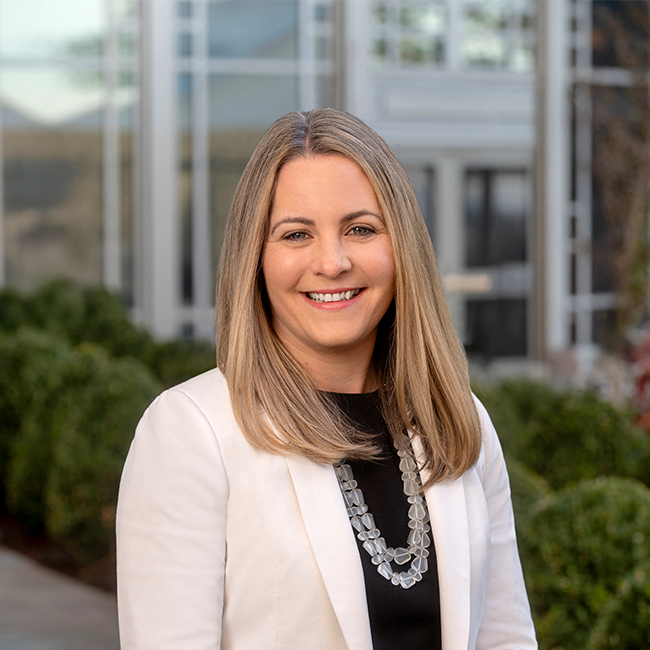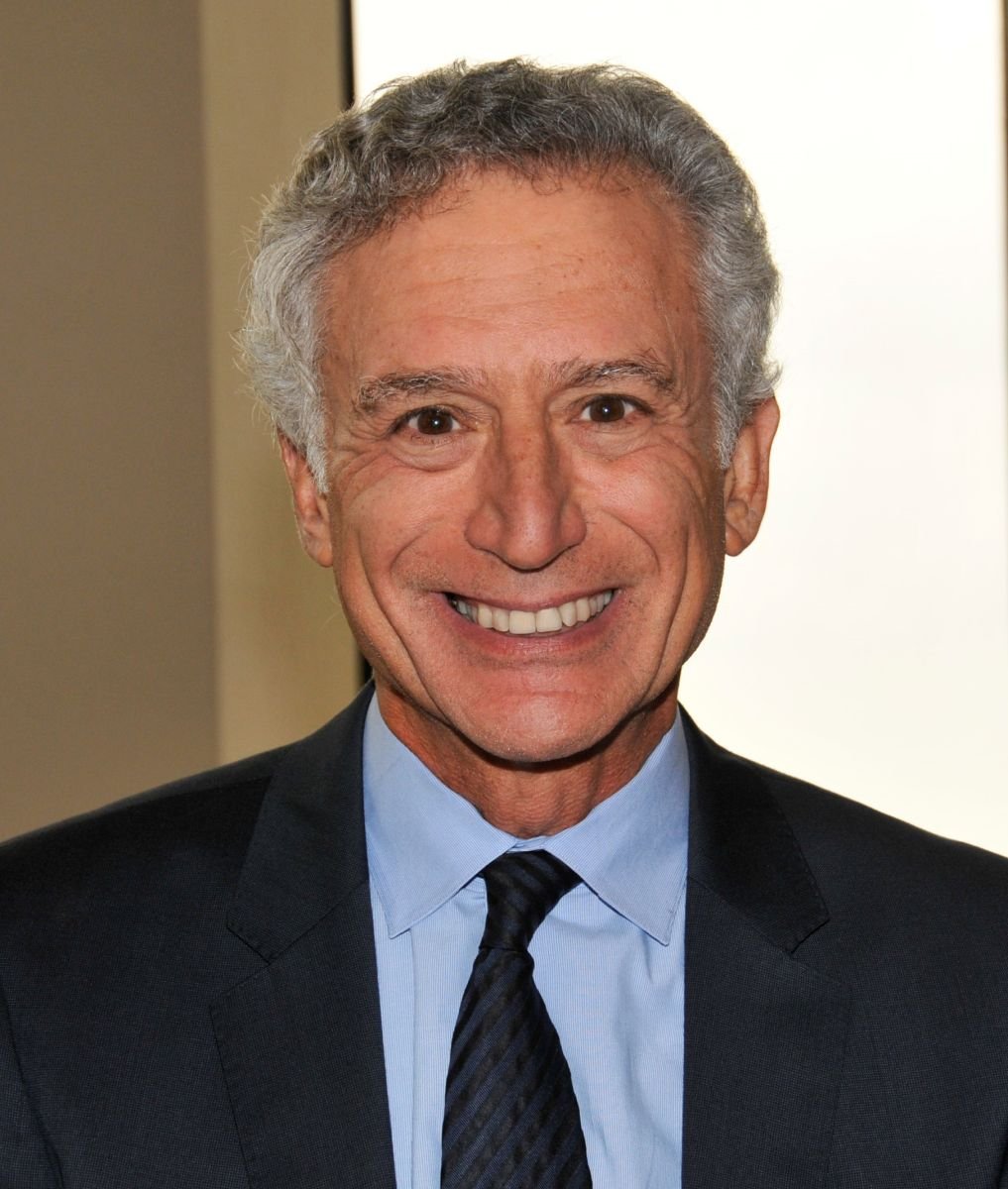
If there’s a chronic disease poised to break the US health-care system in the next decade, it’s dementia. Eight million Americans over 65 are living with Alzheimer’s today—a number expected to nearly double within 15 years. One in nine older adults is facing this disease right now. For families, it’s devastating. For the system, it’s unsustainable.
I know it not only as a health-care entrepreneur working daily to solve this giant challenge but also as a grandson and son who has seen dementia up close and personal in my own family. The disease is relentless and unforgiving. It affects not just the patient, but entire families—emotionally, financially, and physically.
Despite record investments in promising new drugs, the truth is that most will arrive too late to help the millions of people already living with dementia. That’s why our most urgent challenge isn’t medical—it’s structural. We have a national care problem.
A System Designed for Crisis, Not Continuity
Our health-care system was built for episodic care—reactive, not proactive. Dementia doesn’t fit that model. This cruel disease unfolds over years, demanding coordinated medical, behavioral, and social support.
Too often, people with dementia end up in emergency rooms or hospitals not because their condition suddenly worsened but because their caregivers are overwhelmed, unsupported, and out of options. These are preventable crises.
The evidence for better care models is already strong. Studies at the University of California, San Francisco and University of California, Los Angeles have shown that comprehensive dementia care, delivered by specialized teams that support both patients and caregivers, improves outcomes and reduces costs. At Rippl, the company I helped start, we’ve seen it firsthand. Our model has achieved a 30 percent reduction in emergency room (ER) visits and a 15 percent drop in hospital admissions (for patients with dementia), while improving caregiver confidence and lowering stress, two key predictors of avoidable hospitalizations.
These aren’t abstract numbers. They represent families spending more good days together at home, where we know people with dementia do best. We know how to do this.
The Playbook for Better Dementia Care Exists
The most effective dementia care models share a few key design principles: interdisciplinary teams (nurse practitioners, clinical social workers, and care navigators) who are trained in dementia, proactive outreach and monitoring, and seamless coordination between medical and social supports.
In short, the model is simple: consistent, high-touch human care, delivered at scale. What’s missing isn’t innovation, it’s infrastructure.
Scaling proven care models will require new types of investment and alignment. Policymakers, payers, and private investors must recognize dementia care as a population health priority. The Center for Medicare and Medicaid Innovation’s new Guiding an Improved Dementia Experience (GUIDE) model is a good start, but value-based payment models (those that reward outcomes, not volume) are what will put the right incentives in place to deliver this care for the long-term and sustainably.
This isn’t a moonshot. It’s a matter of execution.
Hope in this care context isn’t sentimental; it’s operational.
Why Now Is the Moment
For the first time in many years, the landscape is shifting dramatically. Disease-modifying treatments are emerging. Artificial intelligence and digital tools are enabling earlier detection. Payment models are evolving to reward prevention and continuity. And a generation of families, clinicians, and entrepreneurs is ready to act.
We are standing at a rare inflection point; one where technology, policy, and public awareness are aligning to make large-scale change possible. But it will take leadership and commitment to move from pilot projects to a true national standard of care.
From Hope to Action
Hope in this care context isn’t sentimental, it’s operational. It’s data-backed, measurable, and achievable.
Every day, we see what better looks like: a patient who avoids an ER visit; a caregiver who feels supported instead of alone; a family that gets to spend one more day together in their living room, not a hospital room. Multiply those outcomes by millions, and the impact is profound.
We know how to fix dementia care. The question now is whether we have the courage, the capital, and the collective will to do it.





















